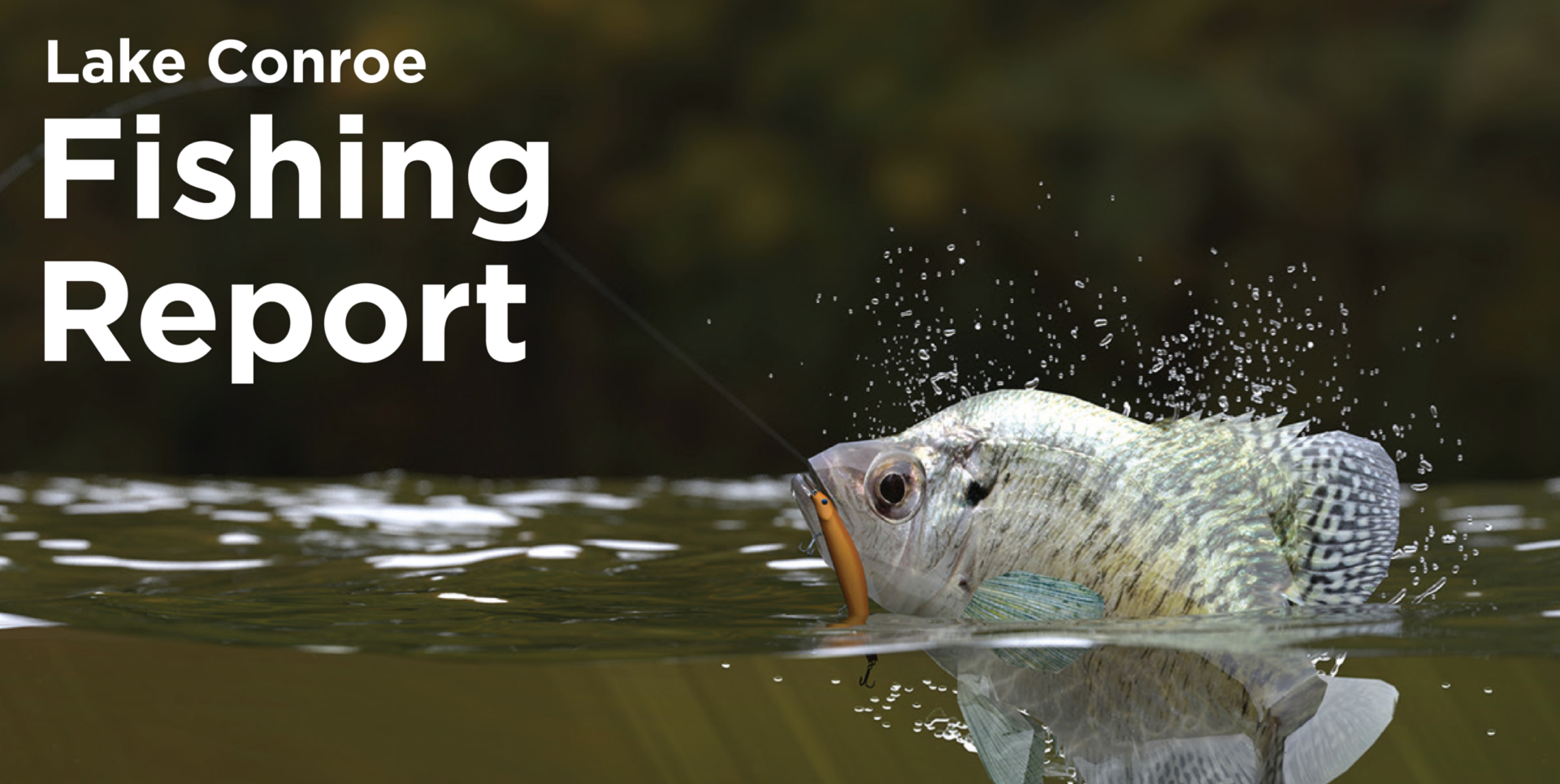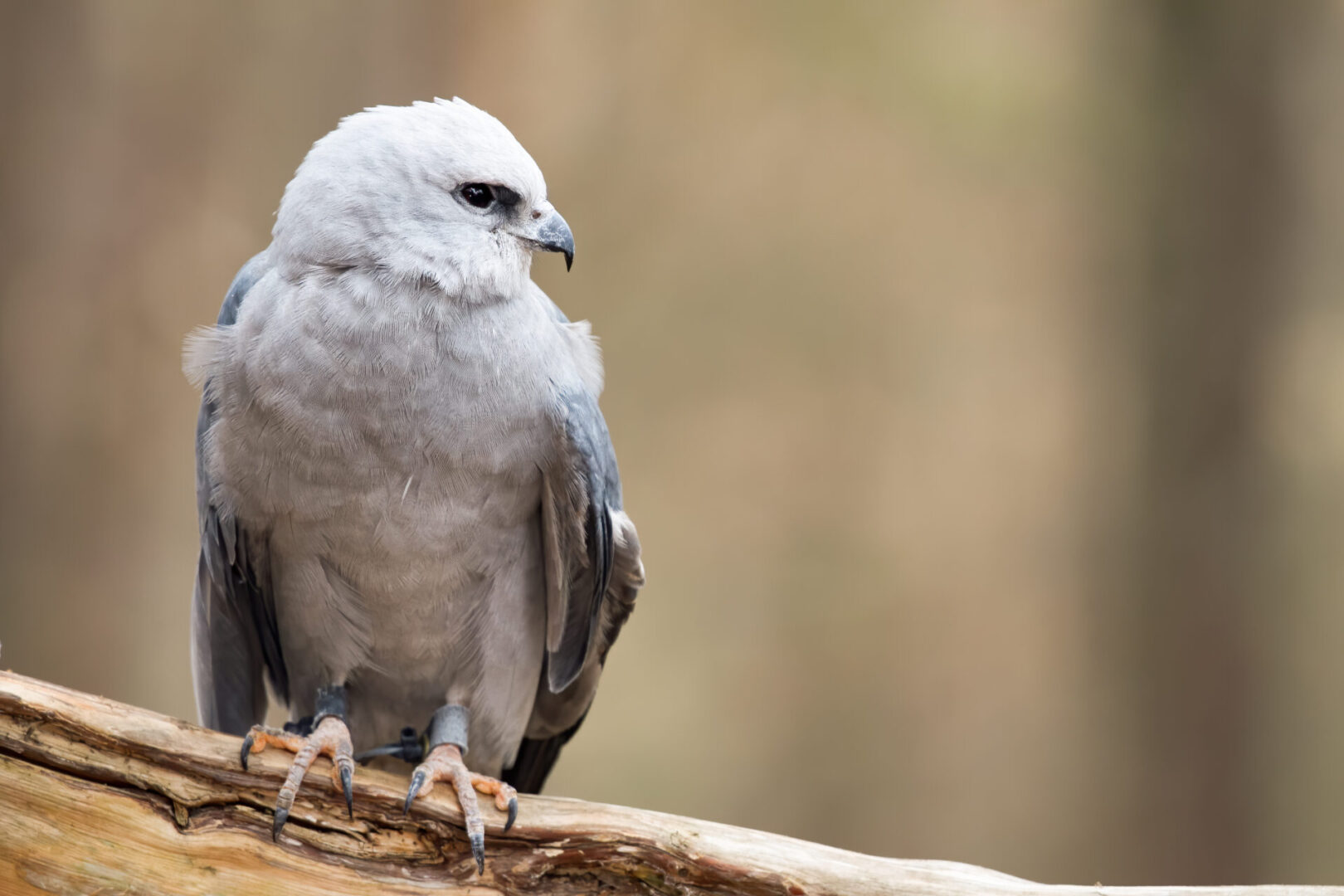AN INVASION IN NEW WAVERLY
 Have you seen the Alfred Hitchcock movie, “The Birds”? My daughter in New Waverly says she feels like she’s living in that movie. Cliff swallows have converged upon her home and are nesting under her eaves. In our area, it’s not uncommon to see these jug-shaped mud nests around overpasses, under bridges and in highway culverts. It is much less common to see them nest on someone’s house. Dealing with the noise is one thing but the “poo” factor all over her patio and sidewalks is the worst!
Have you seen the Alfred Hitchcock movie, “The Birds”? My daughter in New Waverly says she feels like she’s living in that movie. Cliff swallows have converged upon her home and are nesting under her eaves. In our area, it’s not uncommon to see these jug-shaped mud nests around overpasses, under bridges and in highway culverts. It is much less common to see them nest on someone’s house. Dealing with the noise is one thing but the “poo” factor all over her patio and sidewalks is the worst!
Cliff swallows are the most colonial of all swallows. In the eastern USA, colonies tend to be small but further west, they increase and pairs can number in the thousands. In Nebraska, one colony had 3,700 nests! The swallows can get quite physical when fighting for a nest site. They’ll peck at each other, strike with their wings and even pull out feathers. Nests are made of mud and are sparsely lined with grass, feathers and hair. They are shaped like a gourd with a large chamber in the center and narrowing to a small opening which is only about 2 inches wide. Both sexes gather pellets of wet mud and deposit them in a shaking motion onto the structure leaving behind a little mud nugget. The nuggets bond and harden and form the nest. They do this over 1,000 times until the nest is complete. Once complete, the nest measures about 8 inches long by 6 inches wide and 4.5 inches high. One really has to admire this avian architecture!
Females lay from 3 to 5 eggs that hatch in about 2 weeks. They all hatch on the same day. Both parents care for the nestlings. The young fledge in 23 to 26 days but they depend on Mom and Dad for several days after that.
The diet of the cliff swallow consists mostly of flying insects. It’s fun to watch their graceful flight patterns while chasing and catching insects. They are a very effective insect repellant eating hundreds of mosquitoes.
So how did my daughter handle the invasion, you ask? For some strange and unknown reason, she was finding nestlings on the ground. Were they pushed out by the other nestlings? Did they just fall out? No one knows for sure. She carefully scooped up the little ones that were still alive and delivered 21 of them to the best Texas permitted rehabilitator I know, Amanda Remsberg. Amanda knows exactly what to do. She will care for them and eventually release them back to the wild.
Some may ask why my daughter didn’t just knock down the nests. She tried while the birds were in the building process but she couldn’t get ahead of the little rascals. She left town for a few days and by the time she got back, it was too late. Once the nests are occupied, it’s then illegal to destroy them under the Migratory Bird Act of 1918. It states that all swallows are state and federally protected and active nests with eggs or chicks inside may not be touched or destroyed without a permit. Before they arrive next spring , she plans to place physical barriers under the eaves. Netting, coroplast, Bird Slide (a trademarked product), plexiglass or similar products under the eaves should deter them.
As an animal lover, I’m glad the swallows found a safe place to have their babies. As a mother, I felt bad for her. Trying to add a little levity to the ordeal, I told her there’s good news and bad news. The bad news is that they’ll be back next spring. The good news is that she should appreciate all the mosquitoes they eat. She didn’t see the humor.






